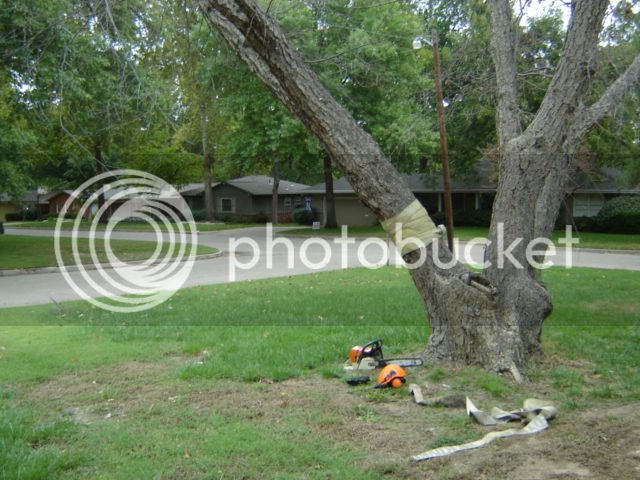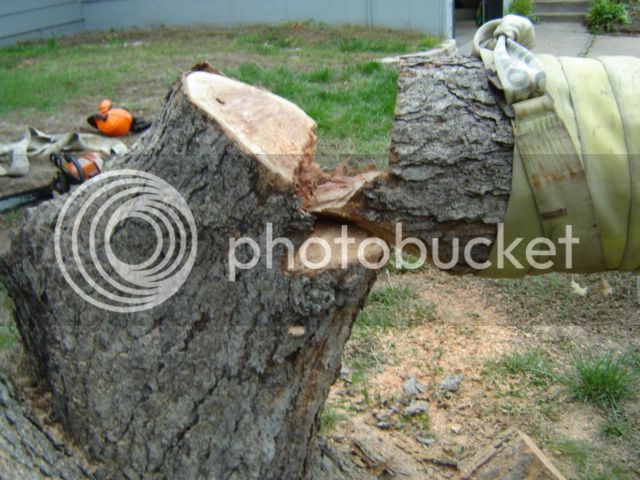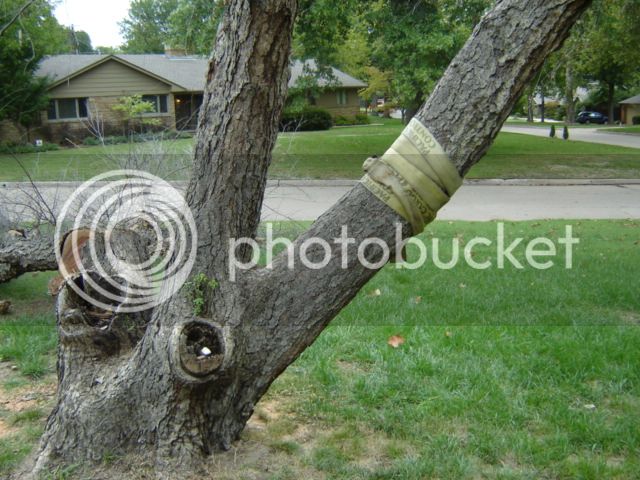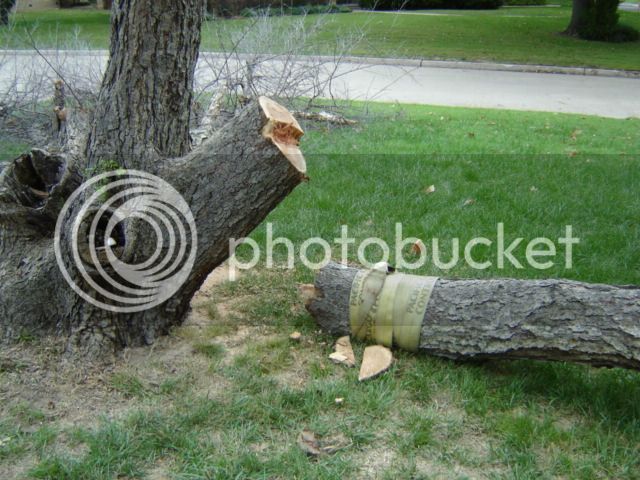ClimbMIT
ArboristSite Operative
Hey Murphy, I just checked out that last video. I see how the physics work out for the application. Just recently I used similar method with about a 20" maple that i topped out and only had about 30' to base. I am not claiming to be an expert! I just gotta say that Making those cuts above your head and reaching out with what an ms 440, 460? Seems like playing with fire, IMO I don't have near the experience as you are most of the guys on here. No disrespect, Just gotta say that looks as if it will end badly one day! Hope I am wrong and I am sure someone will tell if I am! Lol, Be safe 








